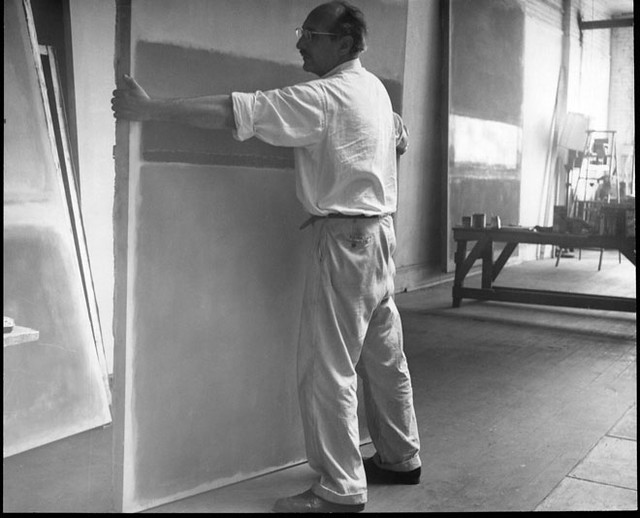They are complete realizations of a subject that moves us by the beauty of its moods, by the fullness of its forms, and the excitement of its design. In short, many of these pieces are capable of moving us emotionally. Without going into an involved discussion of the aesthetics involved, that is more or less what fine works of art do to us. It is significant, that dozens of artists viewed this exhibition and were amazed and stirred by it.
These children have ideas, often fine ones, and they express them vividly and beautifully, so that they make us feel what they feel. Hence their efforts are intrinsically works of art.
Our critics of art, poetry, music, theatre and movies deplore that so many artists occupy themselves with precious themes, such as still life in painting, decadent amatory situations in the drama and literature and futile atonalities in music. 'l'hey accuse our artists of being unsocial, that they neglect the life about them,
and urge that they turn toward the surging tide which is their life. Well, let the critics view our children's work. Everything is there: factories, docks, streets, crowds, mountains, lakes, farms, cattle, men, women, ships, water-everything conceivable. Here is a social art.
Most of these children will probably lose their imaginativeness and vivacity as they mature. But a few will not. And it is hoped that in their cases, the experience of eight years will not be forgotten and they will continue to find the same beauty about them. As to the others, it is hoped, that their experience will help them to revive their own early artistic pleasures in the work of others.
Mark Rothko, from "New Training for Future Artists and Art Lovers"










































































































































































No comments:
Post a Comment